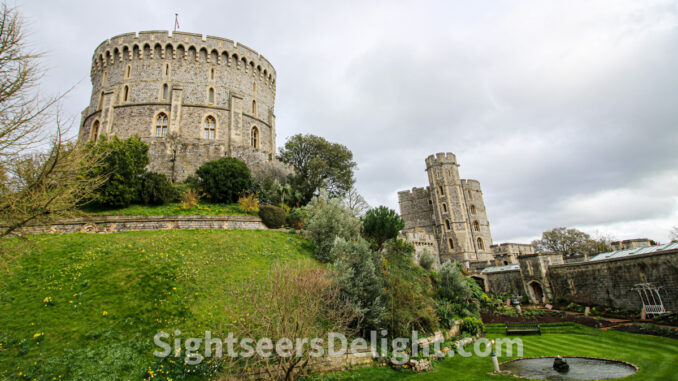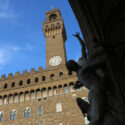
The 13-acre Windsor Castle is one of England’s most popular tourist attractions and has been used by the reigning monarch since Henry I’s reign between 1100 and 1135, making it the longest-occupied palace in Europe.
But how did the venerable royal palace start?
William the Conqueror led the Norman invasion of England after the death of Edward the Confessor on January 5, 1066. Four years later, in 1070, he selected a site overlooking the River Thames on the edge of a Saxon hunting ground. Construction of Windsor Castle work continued for 16 years.
It was originally built to protect the Western approach to London and project Norman dominance on the outskirts of London. Its proximity to a royal hunting forest and easy access from the capital made it ideal for a royal residence.
William developed a defensive ring of motte-and-bailey castles around London. Each was roughly 20 miles — or a day’s march — from the city and the next castle, making it easy to reinforce during a crisis.
As early as 1110, Henry I had established domestic quarters within the Castle. In the late 12th century, Henry II converted the Castle into a palace and constructed two sets of royal apartments inside the fortified enclosure. An official State residence was built in the Lower Ward, and a smaller private residence was constructed on the north side of the Upper Ward for Henry’s exclusive occupation.
Initially, the walls of the Castle were made of timber. However, in the late 12th century, Henry II began replacing them with stone. The original Norman “keep” was rebuilt as the Round Tower in 1170, and the outer perimeter was renewed over 60 years.
Under Henry III, Henry II’s buildings in the Lower Ward were entirely rebuilt, and a large new chapel was added around a courtyard with a cloister. The private apartments in the Upper Ward were further improved, and Henry III completed the circuit of stone walls around the Lower Ward.





